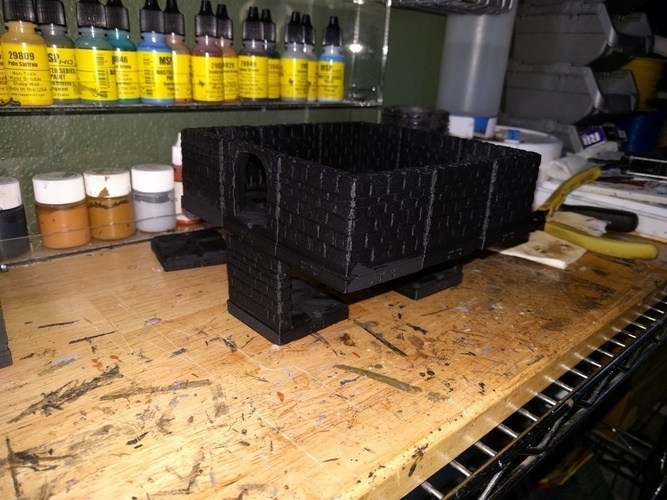
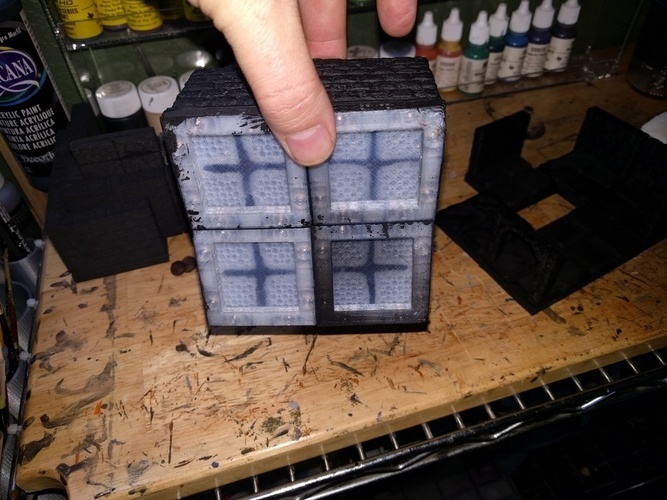
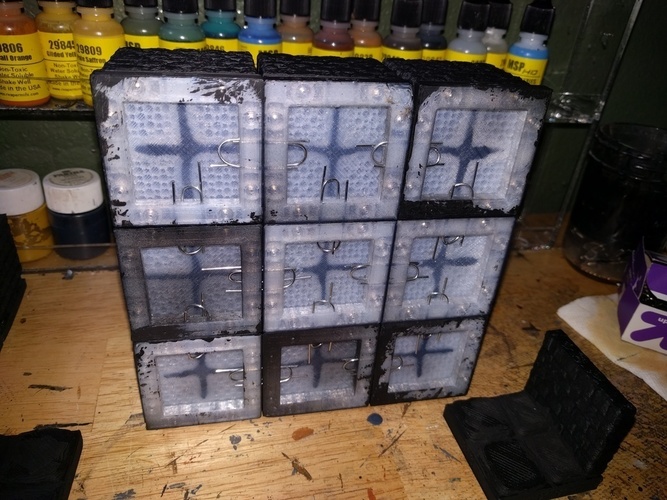
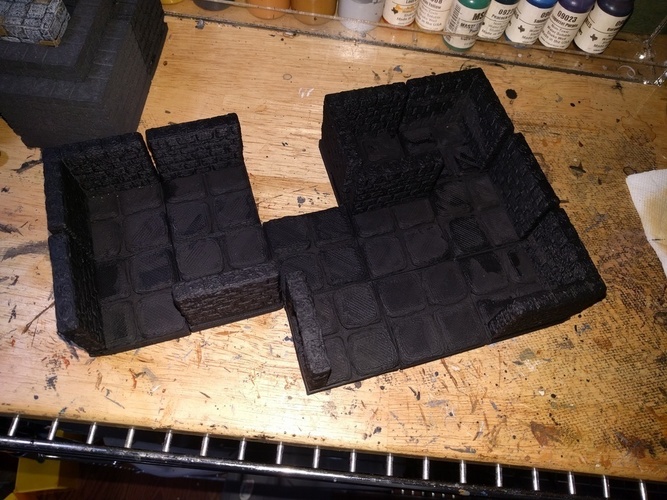
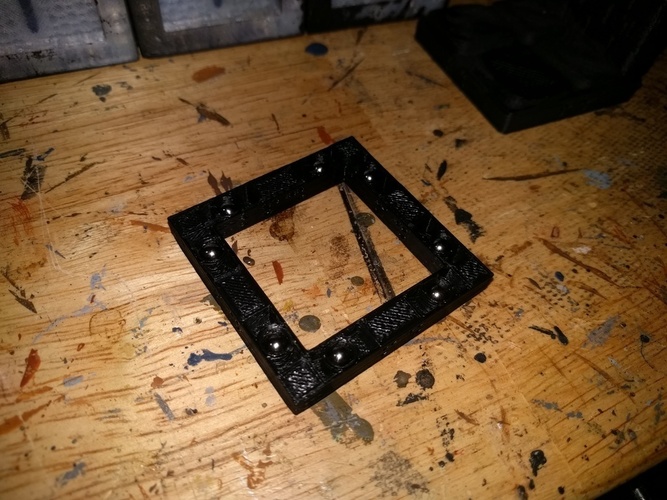
Prints (0)
-
No Prints Yet
Be the first to upload a Print for this Design!
Description
SummaryHey all, I've been working on OpenForge 2.0. I have a bunch of new features, and I'm hoping I can get people to test these out and give me some feedback. My goal here was to accomplish a few things. Make OpenForge capable of doing multiple levels without having to use additional parts (frames) Make OpenForge faster to lay out in game play. Make OpenForge more of a pleasure to use. Make OpenForge more modular and flexible for the needs of different GMs. So, New features: Openforge tiles now print with a very thin base. Many people don't want the tiles at full thickness, especially if they are not trying to match Dwarven Forge or Hirstarts tiles. Because the tiles are thin, we can now print a variety of flue on bases. I've included my current favorite with this beta set, but really any base that can be designed at 6mm thick will work, so any creative ideas people have for new ways to connect tiles will work. With the filament saver magnetic base, you can add 5mm buckyball style magnets. While these are not rigid enough of a connection to make large 2nd floors hold together, they greatly improve the "user interface" for the tiles. I personally fined the way the tiles pop together and align automatically a real pleasure. On a practical basis, these magnets add a few big benefits. Putting together a room is noticeably faster, because things naturally align themselves. It doesn't seem like it should matter, but it does. This also means that bumping the table, or people knocking into the dungeon with their hands tend to not do much damage to the dungeon. The filament saver magnetic bases also have 6 little holes in them. These replace the need for a frame. Just snip paperclips (the big ones) in 2 places and you can make a rigid base for a room. I find this useful for being able to do both second floors and precreated rooms that are fast to lay out. Getting the paperclips in obiously takes more time, so this really should be reserved for work you do in prep for gaming, not at the table, I've included a tips section to cover some of the things that I've discovered while working with this new tile style. Also as a note, adding magnets and glue clearly adds to the cost of the tiles. However, I've found that it's not significant when you compare the printed tile price to other tiles that are on sale. The magnets can be found for about $10 for 216 magnets. Each 2x2 tile requires 8, so this adds about $0.37 to the per tile cost. For me, the added usability is totally worth that.TipsGlueI use superglue to add the bases to the tiles. The square bits on the base are intended to be where you glue. That keeps the glue away from the magnets, which is important, because the magnet being able to turn is critical to this working well. It avoids having polarity issues. Now, lots of people hate using superglue. You open the bottle, and it goes bad if you leave it be. It can be super hard to control. Well, I use Loctitle ultragel control bottles, and they are wonderful. The way they work, the remaining glue doesn't go bad, and it's super easy to control. You press the two blue bars on the side, and that squeezes out a little glue. Also, I tend to use spring clamps for this.Loctite ultragel controlHome depot spring clamps, get a bag for like $10
Comments